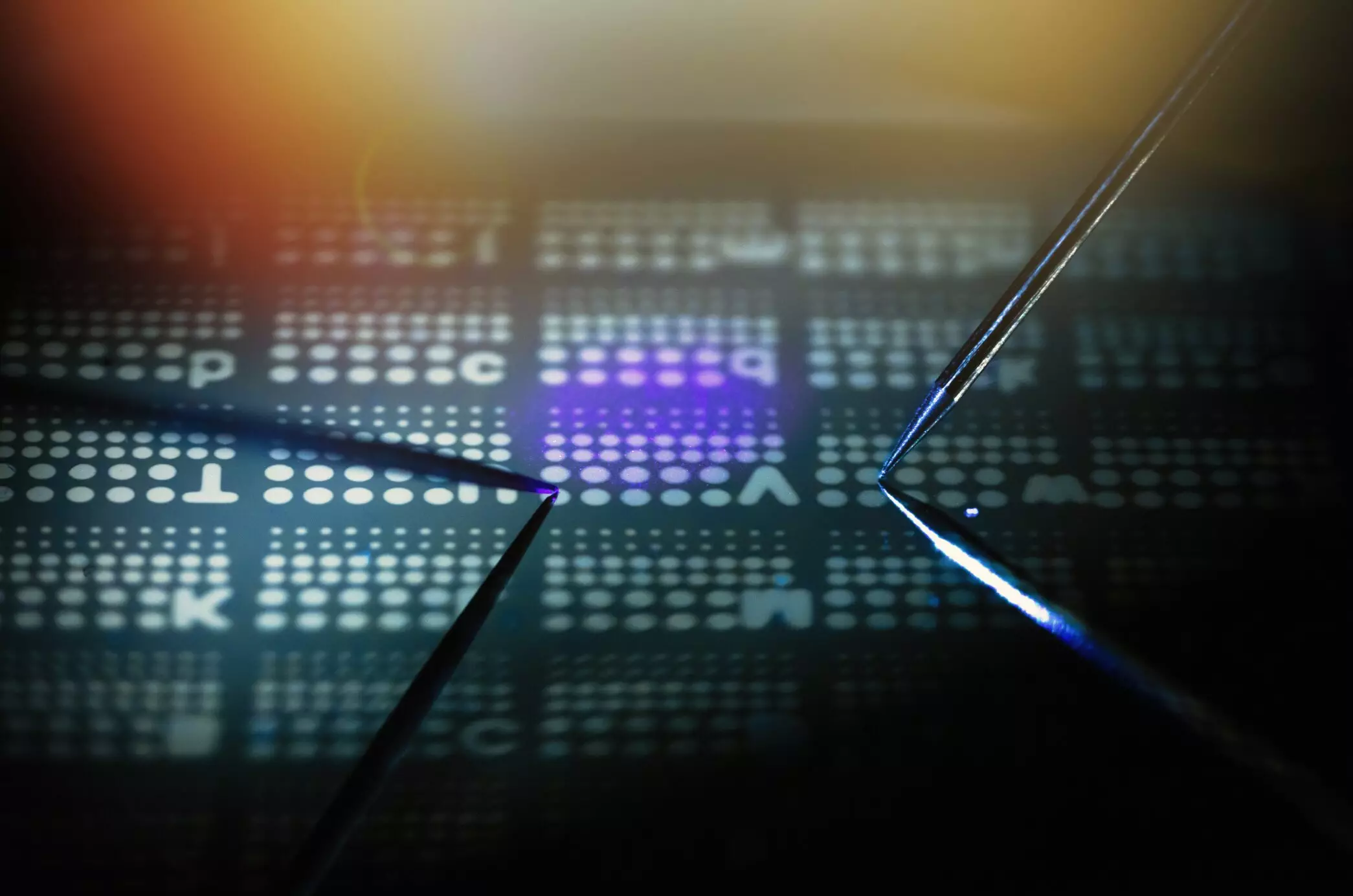Researchers at the King Abdullah University of Science and Technology (KAUST) have developed smart digital image sensors with visual perception capabilities. The team, led by Dayanand Kumar and Nazek El-Atab, used the Nobel Prize-winning technology of charge-coupled device (CCD) image sensors to create light-sensitive memory devices that can be programmed optically and erased electrically.
What are Smart Digital Image Sensors?
The KAUST research team embedded the two-dimensional material MoS2 into a semiconductor capacitor (MOSCAP) structure that underpins the charge-storing pixels of a CCD sensor. The resulting Al/Al2O3/MoS2/Al2O3/Si MOSCAP structures function as a charge-trapping “in-memory” sensor that is sensitive to visible light and can be programmed optically and erased electrically. These smart multifunctional memory devices can perform the roles of multiple devices at once, including optical sensing, storage, and computation.
Applications of Smart Digital Image Sensors
The ultimate aim of the research is to create a single optoelectronic device that can perform optical sensing and storage with computing capabilities. The in-memory sensors can detect different stimuli and compute, which allows for faster and more real-time data analysis using reduced power consumption. This requirement is crucial in many futuristic and state-of-the-art applications such as Internet of Things, autonomous cars, and artificial intelligence.
Recent Discoveries
In related work published in Advanced Materials, the KAUST research team has explored the use of black phosphorus to create an optoelectronic memristive synapse that mimics the brain’s neurons for neuromorphic computing applications. Their multilayer device consists of a thin layer of black phosphorus and hafnium oxide that is sandwiched between a lower layer of platinum and an upper layer of copper.
The team constructed a 6×6 synaptic array from the devices, and in the future, they hope that larger arrays could help realize a biomimetic retina. Importantly, the devices can be fabricated cost-effectively by solution processing and are flexible with stable operation with a bend radius of 1 centimeter, offering possibilities for wearable applications.
The KAUST research team’s development of smart digital image sensors is an exciting step forward in the field of optoelectronics. The sensors offer numerous potential applications in fields such as artificial intelligence and autonomous vehicles. Additionally, the team’s use of black phosphorus in neuromorphic computing applications offers the possibility of creating a biomimetic retina. The devices’ cost-effective fabrication and flexibility make them an exciting prospect for the future.



Leave a Reply